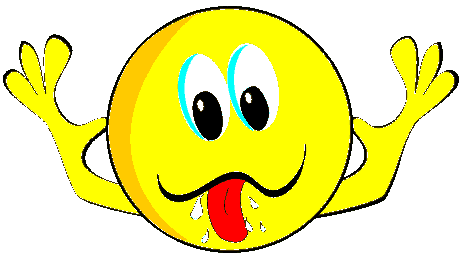4 Types of Lisps
Most people with a lisp speech disorder are actively looking to fix it. In order to fix a lisp speech you must understand that there is not just one type of lisp, in actual fact, there are four.
So, the very first step to fixing your lisp speech is to uncover the type of lisp that you have. Moving forward from there, you want to take some specific, and some general exercises to fix your lisp. So what are the different types of lisp speech disorders?
1. Lateral Lisp
Let's start off with the Lateral lisp, because this is not typically found in normal speech development. With this disorder, the tongue position is in the same position when making the "L" sound. The result of this is that air-flow is pushed over the sides of the tongue.
This is fine when it comes to producing the "L" tones, but it sounds slushy or wet when trying to make out the "S" tone.
2. Palatal lisp
This type of lisp speech disorder is not a common one either, just like Lateral lisp. It is probably the least likely one that you may have because of the complexity of producing the sound. Yet, it is categorized so do not over-look this one.
What happens here is the middle of the tongue comes into contact with the soft palate, or the soft part of the roof of the mouth. This is quiet far back in the month. You can feel it by gliding the tip of your tongue there.
If you have this lisp then you will be producing the "S" sound by putting your tongue in the position of the "H" sound closely followed by the "Y" and by keeping the sound coming out.
3. Interdental lisp
This type of lisp disorder is common in children developing speech until they are about 5. As they develop, this lisp sound slowly, but surely goes away.
You can usually see the problem with this lisp by looking into a mirror, unlike the other types. The tongue comes in between the front teeth and the air-flow is pushed forward.
This basically will create the "TH" sound, instead of "S" - so instead of the word "sad" you will say "thad"
4. Dentalised lisp
If you ever get the feeling that you have a slight lisp, or if someone has told you that your speech is a little unclear, then it might be that you have a dentalised lisp. Also, when some people are heavily intoxicated, they can at times produce this type of lisp.
Instead of producing a slushy "S" - what happens here is that the "S" sounds muffled, or unclear. The tongue is usually pushed against the front teeth, which causes the air-flow to be pushed forwards.
http://ezinearticles.com/?The-4-Types-of-Lisp-Speech-Disorders&id=3250781






